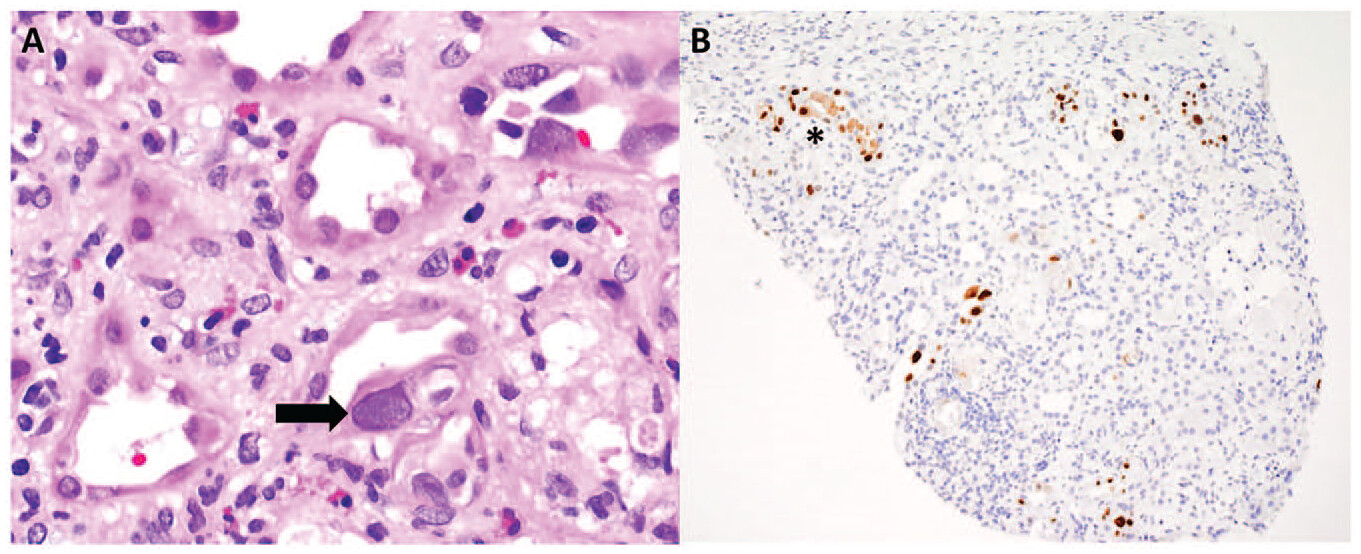Euglycemic diabetic ketoacidosis (DKA) is a rare but serious condition characterized by ketoacidosis without significant hyperglycemia. We have seen this complication and heard about it in SGLT2i. Apparently, this can occur in patients using GLP-1 receptor agonists as well.
GLP-1 (glucagon-like peptide-1) agonists enhance glucose-dependent insulin secretion, suppress inappropriate glucagon release, slow gastric emptying, and promote satiety. Euglycemic DKA is rare but has been reported in patients on GLP-1 agonists, particularly in combination with other diabetes medications like SGLT2 inhibitors. Why and when:- especially in type 1 diabetes (even if undiagnosed), severe illness, surgery, dehydration, and reduced insulin doses. Dehydration and changes in diet or medication regimens can also precipitate euglycemic DKA.
FAERS reporting system study confirmed this association. Using the FAERS database, The authors extracted the number of DKA reports from the first quarter (Q1) of 2004 to the fourth quarter (Q4) of 2019 and calculated proportional reporting ratios (PRRs). They then examined each FAERS file from Q1 2004 to Q4 2020 to gather detailed information on DKA reports. During the period from Q1 2004 to Q4 2019, there were 1,382 DKA cases (and 1,491 ketosis cases) linked to GLP-1RA in the FAERS database. After excluding the influence of SGLT2 inhibitors, Type 1 diabetes, and insulin, there was a slightly disproportionate reporting of DKA associated with overall GLP-1RA (PRR 1.49, 95% CI 1.24-1.79, p < 0.001). This disproportionality disappeared when GLP-1RA was combined with insulin. When GLP-1RA is not combined with insulin, there was a disproportionality of DKA reports associated with GLP-1RA. The authors's analysis of the FAERS database provides evidence and highlights the potential association between DKA adverse events and GLP-1RA therapy, which clinicians may often overlook.
Here is a case report. This case report is with GLP-1RA and SGLT2i use. Here is a summary from the UK agency.
Diagnosis requires a high index of suspicion in diabetic patients presenting with typical DKA symptoms but normal or mildly elevated blood glucose.
Let's observe to see if we see more of these cases as more and more prescriptions are being given out in the general medicine, cards and renal community.






